Many of us continue to purchase items that we think we need at the moment - but we mostly end up not putting them to any use and throwing them away. According to the United Nations Environment Programme (UNEP), there is an estimated 11.2 billion tons of waste collected every year in the world that puts humans and the ecosystem at serious risk. German artist, Alexandra Bircken’s acknowledges this issue when she draws on issues in our consumer and popular culture, as well as the fashion industry, by using everyday materials in her artwork.
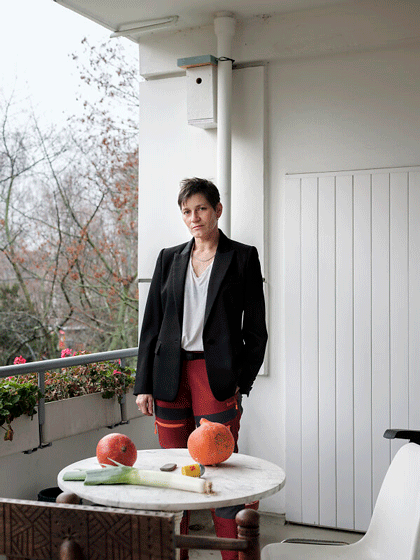
Born in Cologne, Germany in 1967, she has become well-known for her installations and sculptures where she uses everyday and organic materials not ordinarily used in art pieces. In the eyes of Bircken, everything around her is an art material that can be used in her sculptures. These materials include rocking horses, sawn-up motorcycles, hair dye packaging, placenta, leather, bones and many more all relating to the United Nations Sustainable Development Goal of Responsible Consumption and Production as well as Life on Land.
Through her studies at the Central St Martins College of Art and Design in London, England, she gained a lot of knowledge and expertise in the fashion industry and she learned techniques such as threading, knitting and draping, used in her work. Using a mixture of natural and synthetic materials by either knotting, knitting or stringing it together, she creates a unique sculptural style.
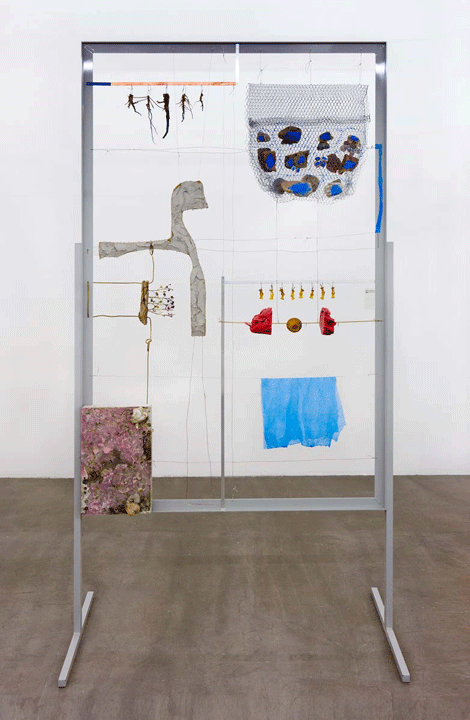
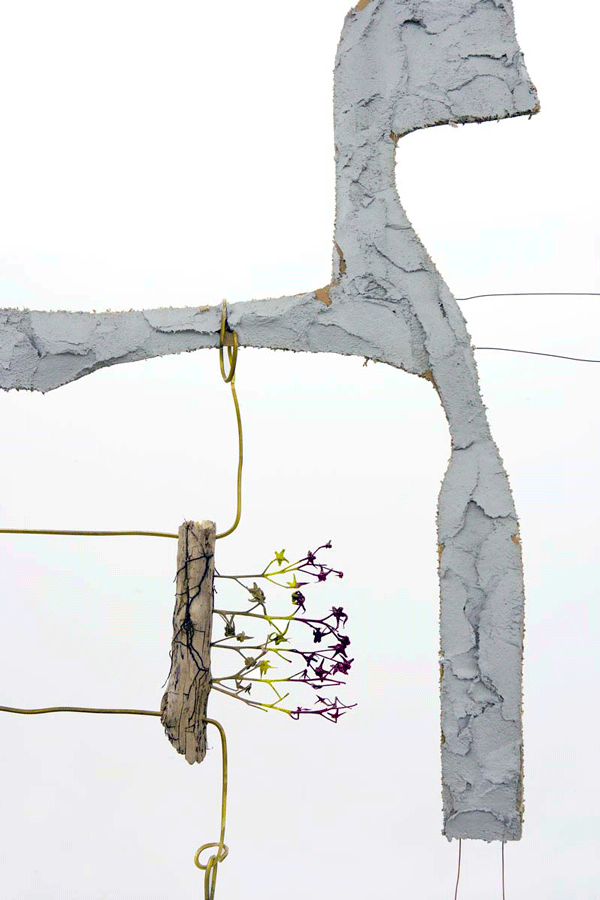
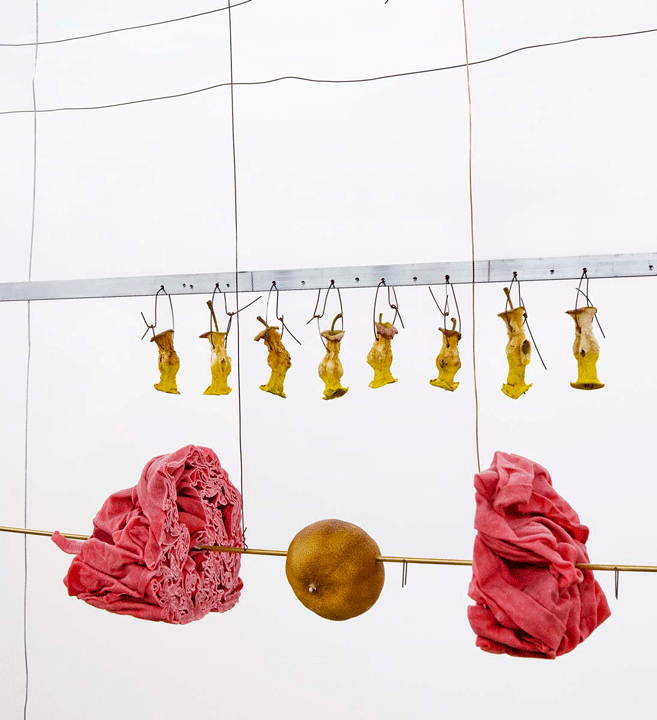
Bircken transforms the original intent of these objects by giving them a new meaning while admiring the beauty of its everyday functions in our lives. Rather than looking at the individual parts of the work, she wants us to look at the overall composition of it even though the combination of materials are unusual; soft and hard components. Her sculptures vary compared to the past where she created more ‘web-like structures’ and currently makes more installation structures.
The predominant theme of her work surrounds the idea of human’s interaction with themselves and the environment. As she says in an interview with Museum Brandhorst,
“My work draws on observations of human life and our environment. It’s about our vulnerabilities and the ways we have of protecting ourselves. And about the expectations and demands that modern society places upon us, and we place upon ourselves. The way we function is often similar to that of machines.”
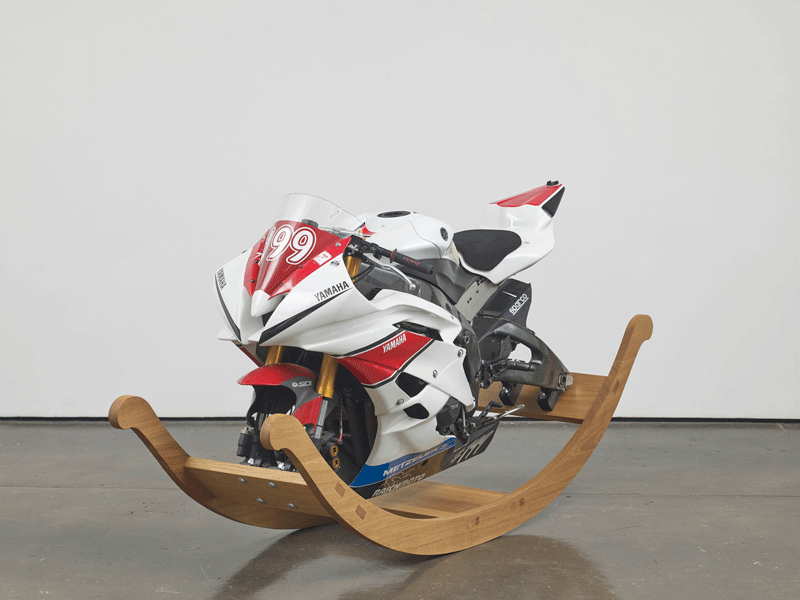
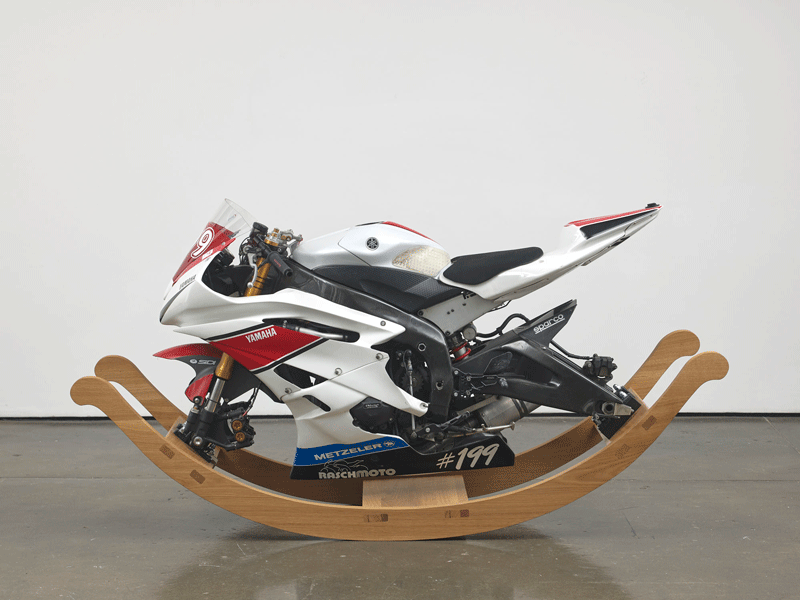
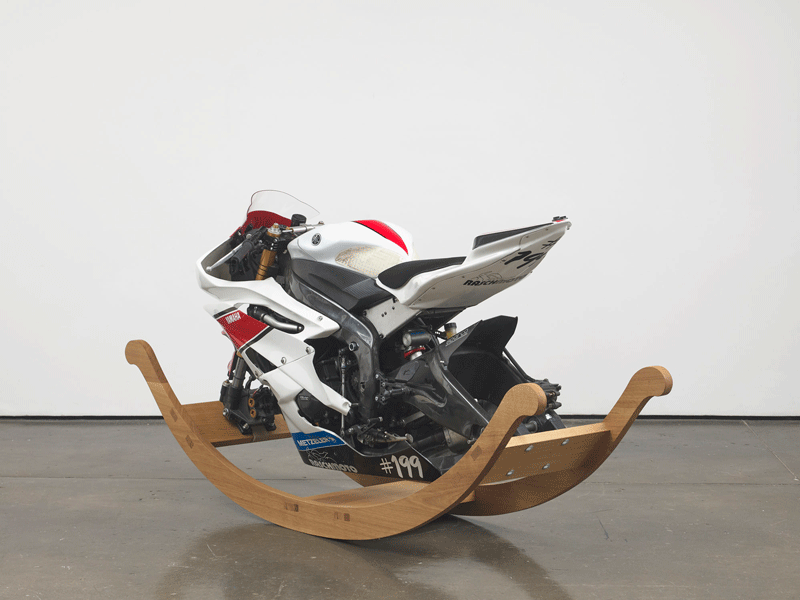
In Bircken’s largest solo show, “Alexandra Bircken: A-Z” at the Museum Brandhorst, the exhibition showcases work from her first-ever sculpture, Alex that was completed in her store-front studio back in 2003 to newer sculptures for the Museum Brandhorst that acknowledge the exhibition space architecture. Instead of showing her pieces chronologically, she rather uses formal concepts and themes where she goes from exploring textiles to the interaction humans have with the environment and to her vibrant machines.
To explore more about the work she creates, visit out her website.
